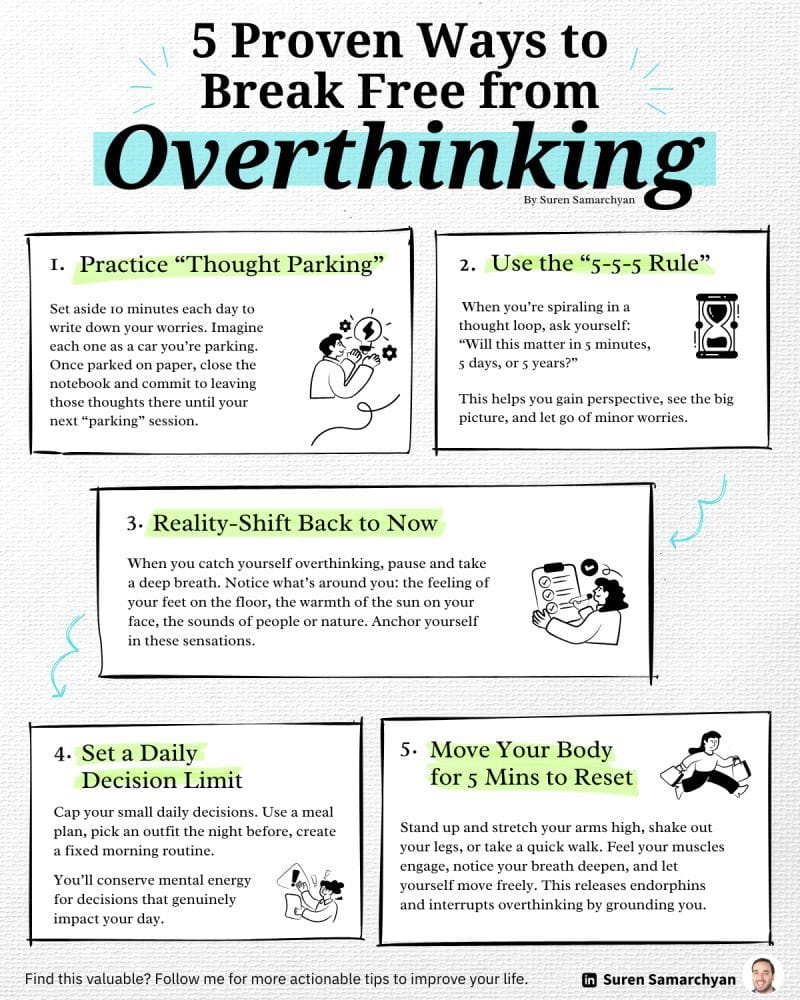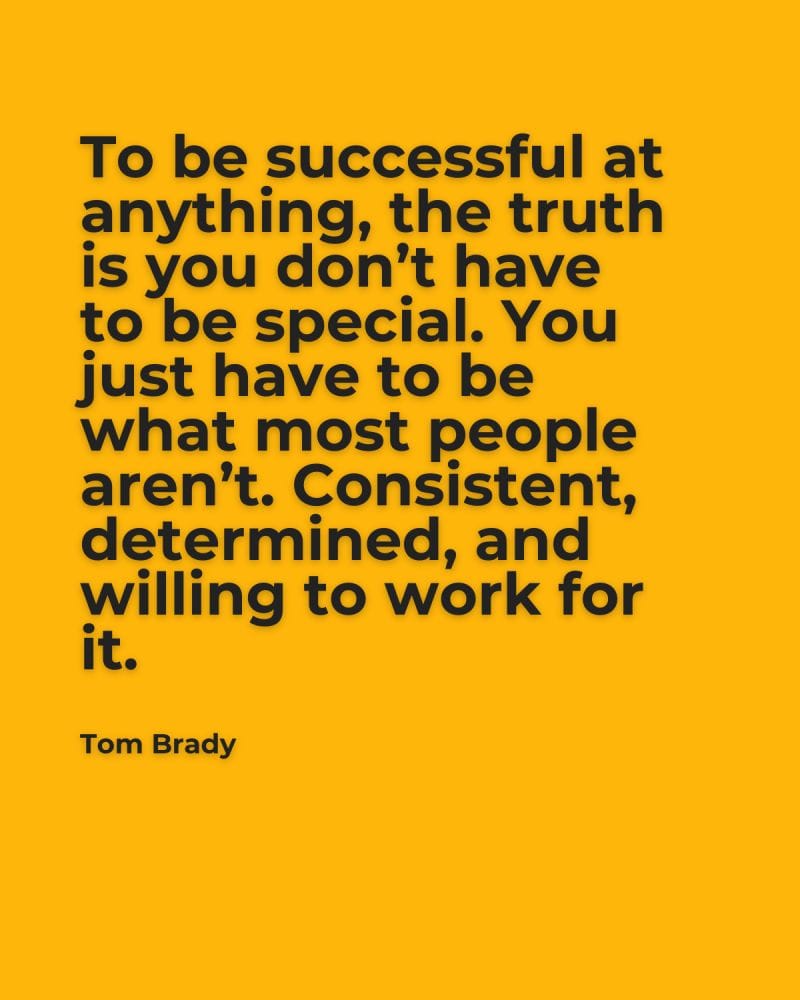This term, more than just a buzzword, has affected many of us, including myself at various stages in my career. Recent studies reveal that a staggering 69% of workers report feeling burned out. As alarming as this statistic is, the real issue lies in the fact that many of us don't even recognize the signs until it's far too late.
In a quest to better understand and unpack this issue, I reached out to Shona Hirons, Company Director of Mindset in Motion Ltd, and a self-proclaimed Burnout Angel, who is on a dedicated mission to help others recognize and combat burnout.
Shona's experience with burnout was profoundly personal. She described it as a result of the pressure she placed on herself both at work and home. She was trapped in a perfectionist mindset, set unhealthy boundaries, and struggled with a poor relationship with time. These factors soon led her to face panic attacks, physical symptoms, a low mood, and a whirlpool of negativity.
Her first encounter with burnout led her to take an 8-month break to regain her health and confidence. Yet, despite all she had learned, she faced burnout again due to her inability to say "No". This second episode was much worse, leading to a life-changing accident and a longer recovery period of 18 months.
Her story resonates with so many of us who, like myself, have experienced the damaging effects of burnout. What makes her story compelling, however, is not just the problems she faced but her determination to fight back, learn from her experiences, and share her wisdom with others.
So, how do we tackle this omnipresent problem of burnout? Shona suggests we start by understanding the signs.
Burnout symptoms can vary from person to person but often include chronic fatigue, difficulty sleeping, increased irritability, lack of motivation, decreased productivity, and feelings of detachment towards work.
These symptoms, however, are not just vital for self-detection. Recognizing these signs in our loved ones and team members can be crucial in aiding their recovery and maintaining a healthy working environment. In fact, as leaders or team members, it is our responsibility to be vigilant and supportive to those around us who might be struggling.
Once we can recognize these symptoms, the next step is to seek support. Shona stresses the importance of self-care and self-awareness. This includes setting healthy boundaries, learning to say "No", letting go of the perfectionist mindset, and working on your relationship with time.
In her words, "Recovering from burnout requires changing not only your professional environment but also your lifestyle and mindset."
Empower yourself and those around you by understanding burnout. Download her FREE 10 Phases of Burnout Checklist.

